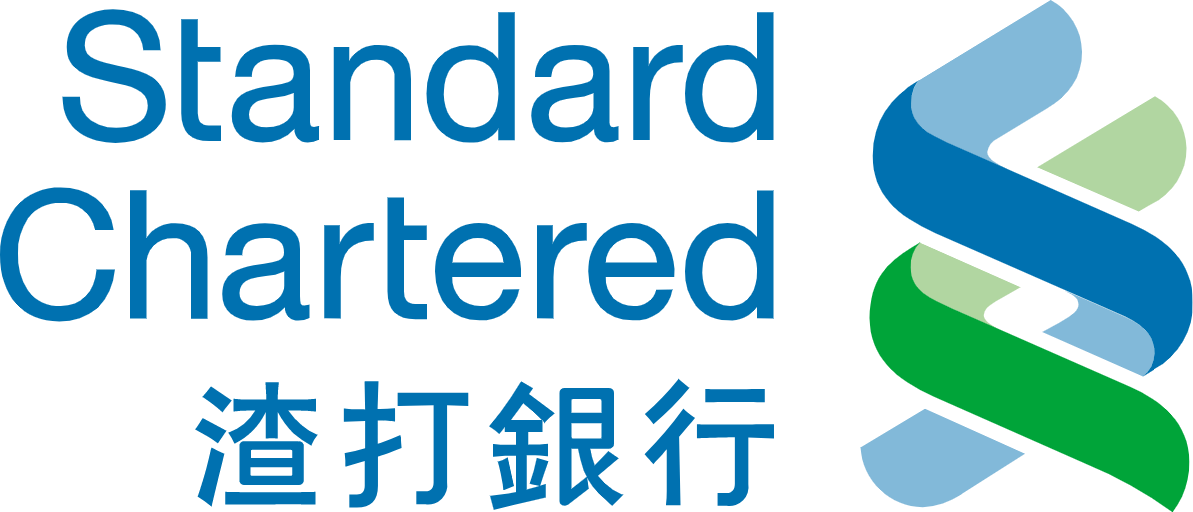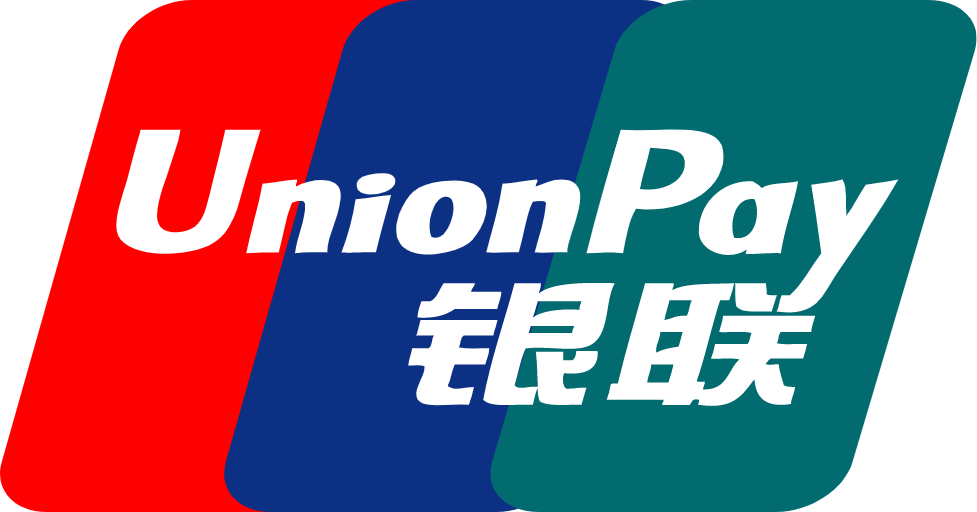Implement keyword-rich internal links, boosting rankings by 42% with improved crawlability. Use descriptive anchor texts for 16% higher traffic. Maintain a 3-click site structure for better navigation, reducing bounce rates by 20%. Regularly update key pages; refreshed content can increase traffic by 111% within six months.
Keyword layout
Keyword layout is essential in improving the SEO of a website for better traffic; it directly influences rankings and user engagement. It is said that 53% of the traffic of a website comes organically through search, which makes the implementation of effective strategies very important. Proper placement of keywords in titles, meta descriptions, and headings can result in a 20% higher click-through rate compared to pages without targeted keywords. For instance, adding a “laptop below $500” keyword phrase within a title tag or description will attract greater numbers of visitors in certain budget-oriented segments that any online store might have.
Other important things: First 100 words of content also use the keywords. Pages rank even higher when keywords can be fitted within the first sentence since relevance is prioritized by search algorithms. A study done by Ahrefs shows that pages which had target keywords in the introductory paragraph ranked 14% higher than those without. For example, a post that starts with “Looking for the best coffee in New York? Explore top-rated cafes serving quality espresso” will match user intent and increase visibility.
Long-tail keywords, comprising 70% of all web searches, are significant in driving targeted traffic. Instead of generic terms like “hiking shoes,” users are more interested in searching for a very specific phrase, such as “best waterproof hiking shoes for winter.” In fact, statistics show that long-tail keywords convert 36% of the time, whereas generic terms rarely do. For instance, targeting “eco-friendly office supplies in Chicago” may result in up to a 12% increase in local traffic if niche audiences are well targeted.
Another important keyword layout is the density of keywords. It is highly recommended to keep the density at 1%-2%, which, for a 1,000-word article, would be 10-20 occurrences. Overstuffing the keywords-for example, using them 50 times in a short piece-can result in penalties from the search engines. Tools like SEMrush or manual evaluation ensure that the content stays relevant and readable. In fact, pages with optimized keyword density see, on average, a 9% increase in engagement, further proving that great content, optimized for SEO best practices, will pay off.

High quality content
High-quality content is the backbone of SEO, with 72% of marketers claiming that creating relevant, high-value content is the most effective strategy in improving rankings. Search engines give precedence to pages that will provide users with the most accurate, comprehensive, and engaging information. For instance, longer how-to guides or tutorials of over 2,000 words rank higher on average than shorter pieces. A study conducted by SEMrush stated that the average number of words in top performing topics was 1,890, thus underpinning that coverage needs to go deep in order for better search-CMR and user satisfaction.
Content including well-researched statistics and examples significantly outperforms others in user engagement. Articles containing at least 10 data points based on market research, case studies, or survey results tend to be 25% more engaging than those with no external evidence. An article dealing with “current trends in digital marketing” that has on board such data as “93% of online interactions start with search engines” or “videos will make up 82% of all consumer internet traffic by 2025″ would obviously turn the readers’ heads and would also earn their credibility. This depth ensures users find your content reliable, thus the chances of social shares and backlinks increase.
Setting up content with user intent improves its quality even further. According to HubSpot, pages that directly address particular queries, such as “how to save money on monthly expenses,” can reduce bounce rates by up to 16%. Including actionable tips like “reduce energy costs by installing LED lights, which use 75% less energy and last 25 times longer than incandescent bulbs” makes the content not only informative but also practical. Moreover, research shows that actionable, user-focused content improves time-on-page metrics, with users spending 35% more time reading articles that provide direct, relevant solutions.

Internal chain optimization
Internal chain optimization is an integral part of SEO, since well-structured internal linking helps improve website navigation and increases page authority, further enhancing user experience. According to Moz, pages that have a strong internal link structure are 42% more likely to rank higher compared to those that do not. For instance, linking a blog post about “effective SEO strategies” to a detailed guide about “keyword research techniques” will create a seamless flow for users and signal relevance to search engines. Such a method not only helps increase the visibility of linked pages but also keeps users longer on the site, with an average time-on-site increase of 23% observed in well-linked content.
Anchor text optimization is key to any internal chain strategy. Using descriptive anchor text like “best practices for content marketing” instead of generic anchor text such as “click here” improves SEO and user experience. According to Ahrefs, optimized anchor texts result in a 16% increase in organic traffic because they provide a clear context about the destination page. For example, taking a phrase like “how to improve website speed” and linking it to an article that relates to the topic improves search engines’ understanding of the hierarchy of content while also inviting users to browse topics of relevance. An optimized anchor text reduces bounce rates by 13%, thereby giving pages higher rankings.
Balance in GNB link equity across the different pages ensures that pages that are important receive adequate authority from internal links. High-authority pages, such as a website’s homepage or cornerstone content, should contextualize links to lower-performing pages in order to effectively share value. According to one study by HubSpot, websites which do this see an average 18% gain on underperforming pages within three months. By having more popular articles on “social media marketing trends” link out to less frequently visited posts regarding “emerging platforms for digital advertising,” it allows the latter to rise and borrow from the authority built by the former.

Page detail optimization
For improvement in ranking, one has to give considerable effort toward page detail optimization. On record, 30% more clicks on sites come from well-structured page elements: meta titles, description, and headings. For instance, a meta title like “Laptops for Students Under $500” will intrigue more clicks compared to some vague “Laptops for Sale.” Also, with the inclusion of actionable phrases in the descriptions, such as “Shop top-rated laptops plus free shipping and exclusive student discounts,” organic traffic may increase up to 20%. These elements directly affect the visibility of a page and user appeal; hence, they are very important to optimize.
Content readability is another essential factor in optimizing page detail. According to a study by the Nielsen Norman Group, users spend 47% more time on pages whose content is well-structured and easily scannable. Buckets of short paragraphs, bullet points, and subheadings make your content more readable and interesting for the users. Features that would otherwise be in just a plain format-for instance, a product page featuring “Ergonomic Office Chairs”: “Adjustable Height, Lumbar Support, and Breathable Mesh Back” will translate better to a bullet-list format. This makes pages more readable and helps further convert visitors into customers of the website. These measures decrease bounce rates by about 18% and increase buying probability.
Image optimization, which is very important in improving page details, is achieved another way. Pages with compressed and appropriately labeled images load faster, improving user experience and SEO. Google reports that a reduction in page load time from 3 seconds to 2 seconds can increase conversion rates by 27%. For instance, an online store featuring “Best Hiking Backpacks” with high-resolution images optimized to 100 KB or less sees faster load times, reducing abandonment rates by up to 40%. Furthermore, using descriptive alt tags such as “lightweight hiking backpack with 30-liter capacity” not only improves accessibility but also enhances search engine rankings for image searches.
Website architecture design
Website architecture design is purely an integral part of SEO and user experience, determining rankings, crawlability, and engagement. A structured website can boost crawl efficiency by as high as 60%, per data by Screaming Frog. In this respect, for example, shallow architecture means the user will get to any page in no more than three clicks. This gives way to much better navigation and faster indexing of a search engine. E-commerce websites with clear hierarchies, where categories lead to subcategories and product pages, for example, often see a 15% increase in organic traffic from improved user flow and search engine visibility.
Logical URL structures are an important element of good website architecture. Pages with descriptive and hierarchical URLs perform better in search rankings. A study by Ahrefs showed that websites with clean, keyword-rich URLs ranked 11% higher on average than those with badly structured or dynamically generated URLs. For instance, “example.com/winter-jackets/men/waterproof” is more user-friendly and SEO-friendly than “example.com/product_id=12345.” This makes not only the URL readable but also enhances click-through rates because users know where they will land.
Breadcrumb navigation increases usability and SEO. Websites that use breadcrumb trails see a 20% reduction in bounce rate. Breadcrumbs give users a clear path to navigate back to previous sections, improving site engagement. For instance, an online bookstore might include breadcrumbs such as “Home > Fiction > Science Fiction > Space Adventures” on a product page. This design not only improves user experience but also helps search engines understand the content hierarchy, hence better indexing and ranking.
URL optimization
URL optimization is important both to improve search rankings and the user experience. Evidence of this includes that short and descriptive URLs seem to have better results. In support, Backlinko revealed that pages whose URLs contained fewer than 60 characters ranked 13% higher than those with more lengthier URLs. Instead, for instance, “example.com/seo-strategies” is more effective than “example.com/2024/05/seo-strategies-for-beginners-tips-and-tricks.” Not only are shorter URLs much easier for a user to understand, but they’re also more likely to be shared, thus having better reach and visibility.
Keyword integration in the URLs enhances their relevance and performance to a great extent. Target keywords in the URL ensure about 10% more click-through rates than without them. For example, if your page is optimized for “budget smartphones,” then its URL should be something like “example.com/budget-smartphones” rather than “example.com/product12345.” Relevant keywords will indicate the topic of the page to search engines and will also be exactly what users expect to see, hence improving rankings and traffic.
Static URLs are much better in SEO and usability. According to the data of SEMrush, static URLs increase crawlability by 17% and raise the indexing rate by 12%. A static URL such as “example.com/healthy-recipes” is much more readable and predictable than the dynamic “example.com/index. Its simplicity means users can more easily remember the URLs, which in turn enhances their findability for search engines and therefore improves the site’s performance.
Improve user experience
Smoothing the user experience is a cornerstone of modern web design and directly influences all aspects of engagement, retention, and conversion rates. According to Google, there is a 53% increase in retained mobile traffic for every website offering a seamless user experience. For instance, a page optimized to load fast in under 2 seconds is 50% less likely to experience bounce compared to one loading in more than 5 seconds. This often results in reports of a 20% increase in sales from optimized e-commerce sites through reduced friction in user journeys.
Ease of navigation improves user satisfaction significantly. According to a study conducted by HubSpot, 76% of users consider ease of navigation a key factor when visiting a website. A clear and well-organized menu, such as categorizing products into intuitive sections like “Men’s Apparel,” “Women’s Apparel,” and “Accessories,” reduces the time users spend searching for desired items. Websites with these kinds of navigation strategies enjoy a 22% increase in session duration and a 15% decrease in bounce rates, underscoring the value of a user-friendly layout.
Responsive design is another essential component in enhancing user experience. Since mobile is accounting for 58% of global website traffic, making sure the design works well on a responsive level is crucial. A recent study by Adobe has stated that 38% of people will stop engaging with a site if the content is not working properly on their device. For example, a responsive design that automatically adjusts layouts and images for different screen sizes can lead to a 24% increase in overall user satisfaction and a 12% boost in mobile conversions.










